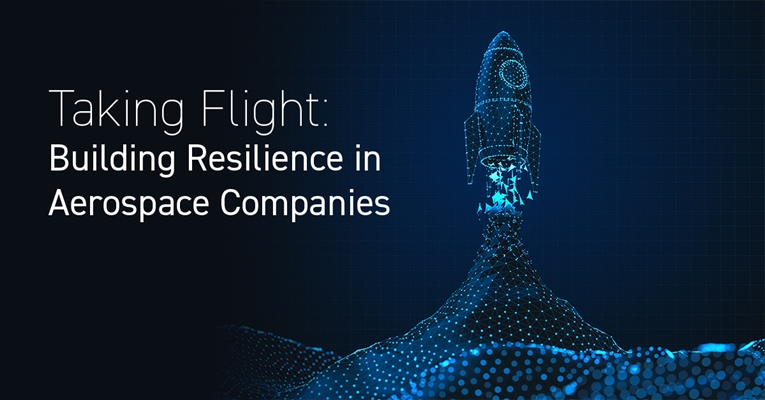The aerospace industry's legacy approach to product data management is broken. To fix it, the sector needs to prioritize three things: transparency, flexibility, and adaptability.
When an aerospace company launches a major new product development effort, it must make many important strategic decisions outside the core engineering challenges. How will work be divided up between project partners, suppliers, and subcontractors? How will the activities of multiple stakeholders be coordinated? What design tools and data management systems will be used?
With ten years or more between product generations, the answers to these questions tend to differ for every project. The aircraft, engines, and systems under development today use new materials, new technologies, and new architectures. Projects involve different partners with varied responsibilities and expertise. In addition, design tools, simulation packages, and collaboration systems continue to evolve rapidly.
The industry's usual approach is to use each significant new product introduction as an opportunity to upgrade its supply chain, engineering processes, and collaboration approach. Companies pick the best combination of solutions available today, expecting that projects will benefit from the cost, quality, and productivity improvements that a decade's improvement in technology can deliver.
A legacy of complexity
This approach works, but only up to a point. A key weakness is the issue of in-service support. Aerospace products can stay in production for many years and in operation for several decades. Manufacturers must maintain access to product data throughout that time. When data is intimately linked to the tools used to create it, companies must support legacy engineering and data management systems long after they have been retired from use in new projects.
Today, the strain is beginning to show. Keeping tens or even hundreds of different systems up and running is a drain on time, money, and talent. And that's before things go wrong. Suppliers and technology vendors don't always stick around for the full lifecycle of a product. If they abandon a market, or disappear altogether, companies can find themselves struggling with obsolete, unsupported technology.
Products change, too. A single aircraft type may go through multiple upgraded cycles in its lifetime as the customer needs change and new technologies become available. Such upgrades are made harder and more costly if, as becomes increasingly likely, the product’s original data platform wasn’t designed with them in mind.
The age of the adaptable data platform
How can the aerospace sector break out of this cycle of rising costs, complexity, and obsolescence? The answer is a shift in the way it addresses product and process-related data. Companies should move beyond today's project-by-project perspective, and demand systems are designed with flexibility and agility in mind. At Aras, we call this approach the open and adaptable PLM and digital thread data platform.
An open and adaptable platform is one that supports the unique needs of an organization and evolves over time, changing to fit business requirements while never locking users into a specific technology. It is a platform made to be upgraded while maintaining all previous customizations and one in which the data is fully transparent.
Any truly open and adaptable data platform should be able to pass three key tests:
1. Eliminating data dependency on the application:
In many PLM systems, it is virtually impossible to understand the data layer of the application due to the complexity of the model or proprietary encryption. Working with complex data structures in the application may be fine in today’s application, but if this data is needed years from now, without the application, it may no longer be accessible. An open and adaptable platform allows the owner to control their data— it’s not held hostage by a software vendor or an aging technology.
2. Evolving to meet new business requirements
Change is certain. Business processes change often, quickly, and without concern for their supporting systems' ability to change with them. An adaptable PLM platform is never locked into a single technology. If a platform is built with hard dependencies on its technology, everything built on top of the platform also becomes dependent. The ability to adopt new technology in a strategic manner will set the stage, allowing for growth and change regardless of how customized and complex the eventual technical landscape becomes.
Meet today’s challenges, while preparing for tomorrow’s
A resilient solution openly accommodates whatever is needed to meet today's and tomorrow's business and technology requirements without disruption. The Aras platform has been architected from the ground up with that kind of resiliency in mind.
Aras’ unique model-based approach ensures that its users have the performance that is required now and, in the future, regardless of what challenges may lie ahead.
Check out the CIMdata eBook, Adapting the Digital Thread to learn more.

